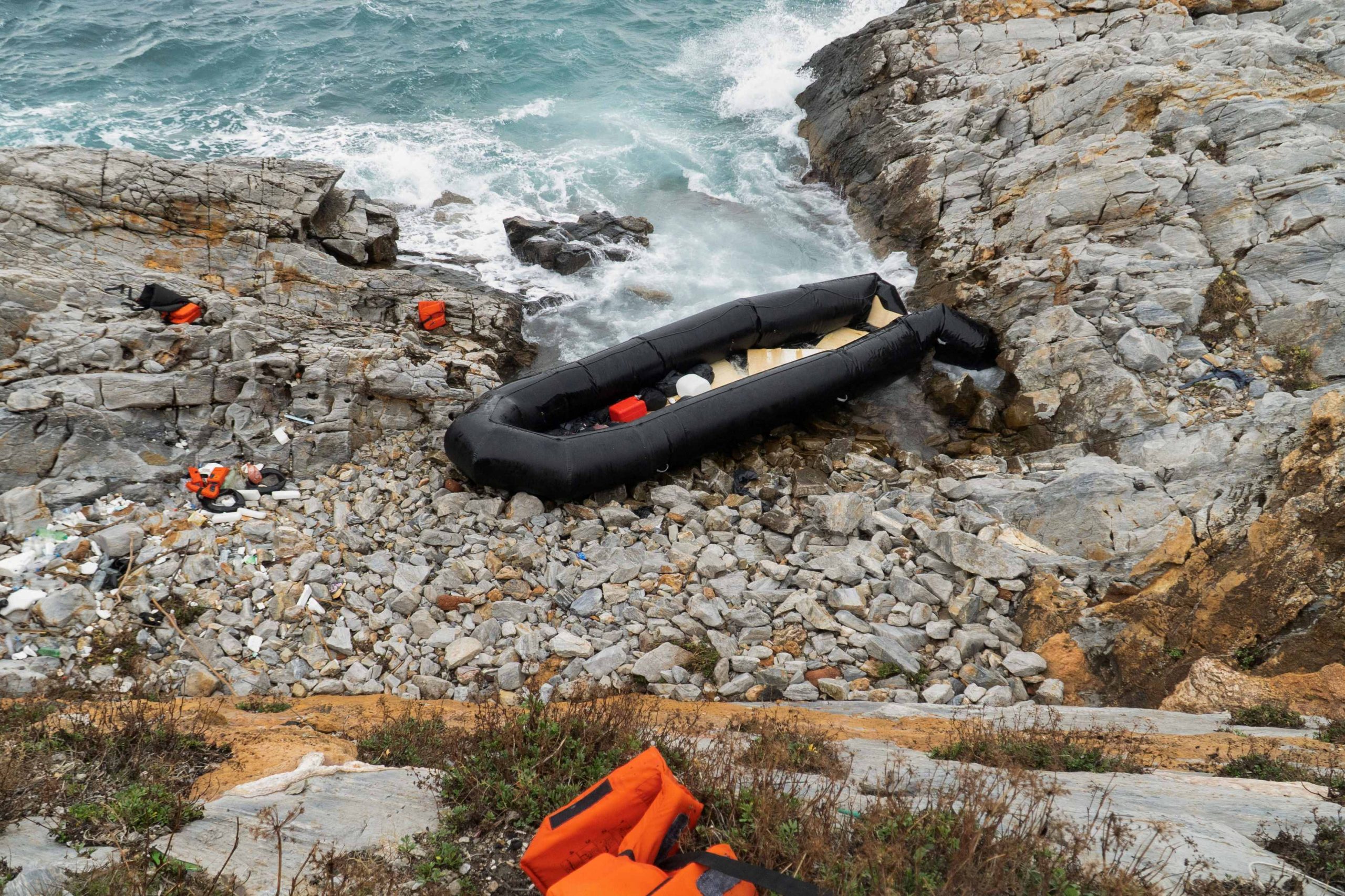The European Union Agency for Asylum estimates that by the end of 2023, at least one million asylum applications will have been lodged with the EU in a year of increased flows compared with 2022. Of the member states on the bloc’s external borders, Italy came under the most pressure numerically in 2023 with 152,731 arrivals by sea: three countries of origin—Syria, Tunisia and Egypt—account for the bulk of these arrivals. Greece and Spain also recorded an increase compared to 2022, though the numbers were far smaller, with 43,370 and 51,342 arrivals respectively up to the start of December 2023 based on data available from UNHCR. Although the EU has dealt quite successfully with the influx of Ukrainian refugees, with four million or so now under the EU Temporary Protection Directive, for arrivals from outside Europe, policy proposals have focused on “closing” the borders. The dominant rhetoric has painted the EU as an attractive destination for asylum seekers from Africa and the Middle East.
However, the evidence indicates a different reality. Globally, according to UNHCR, the number of refugees was poised to reach 36.4 million in 2023, with the vast majority receiving protection outside the European Union. For example, the majority of Syrian refugees, some 3.4 million people, continue to reside in Turkey, while around five million Afghans are currently living in Iran and Pakistan.
Although Europe is not at the epicentre of the population movement, it is and will continue to be a recipient of irregular migratory flows and asylum seekers in the year ahead. Managing those flows while respecting human rights will remain a challenge.
Following the political agreement reached between the European Council and Parliament on 20 December 2023, the New Pact on Immigration and Asylum will likely be voted into law by mid-2024. The legislative proposals have come under widespread criticism, mainly on their impact on human rights, yet the practical aspects of implementation will also be especially challenging. That the Regulations will be correctly applied is also far from certain, especially if the pressure increases on a country’s borders.
The prioritization of deterrence over protection policies will continue in 2024. The dissatisfaction felt by European citizens is reflected in their preference for radical policies which far-right parties incorporate in their political platforms (see the Netherlands). Far-right parties are expected to gain ground in both the upcoming European elections and some national elections held in 2024 (see Austria and Portugal); this will serve to reinforce the doctrine of deterrence at a time when the emphasis should be on the integration of migrants and the provision of legal routes to protection.
Instead, 2024 will see efforts aimed at reaching further agreements with third countries on returns and prevention of arrivals. The EU will continue to assign an unequal share of the bloc’s “burdens” and responsibilities to its peripheries, while also shifting a disproportionate degree of responsibility onto third countries, which will be unable to keep their end of the bargain in the long run. At the same time, it is likely that the externalization of asylum processing, which was judged impracticable in the past as well as—and above all—contrary to the principles and values of the EU, will lose its taboo status. It is no coincidence that the issue was raised recently in Germany, a country that was formerly opposed to such measures, but which has been the main recipient of refugee and migration flows into the EU since 2015. The political situation in the Member States increases support for extreme proposals, which also stem from the EU’s inability to form a single asylum space. In other words, the lack of effective sharing and solidarity between Member States (a problem which is not adequately addressed by the New Pact on Immigration and Asylum), combined with the rise of the Far Right, will gradually lead several Member States to explore ways of offshore asylum processing.
On the other hand, the EU needs labour migration. Rather than high-skilled migration, the primary need is for low-skilled workers, the majority of whom will be sought in the same countries that are now being called upon to function as guardians of the EU’s borders, from Tunisia and Morocco to Turkey and Pakistan. The need to attract migrants will inevitably lead in 2024 to the development of legal migration routes into Europe, even in countries like Greece which were reluctant to introduce such measures until now. Member States will have to make themselves appealing if they are to attract—and retain—migrants. They will be called upon to furnish the incomers with rights and meaningful benefits in addition to their wages, which will be done through beneficial and sustainable cooperation agreements with their countries of origin. In conclusion, 2024 is set to be a critical year for the preservation and protection of asylum, but it will also be an opportunity to invest in legal migration.
*Angeliki Dimitriadi is a Senior Research Fellow and Head of the Migration Programme at ELIAMEP
This article is part of the annual Special Edition “ELIAMEP Outlook – Predictions for 2024”, where ELIAMEP’s leading analysts and associates share their predictions for the year ahead. They assess the main challenges, trends, risks, potential opportunities and inflection points of 2024 for Greece, Europe, the Mediterranean and the world.



